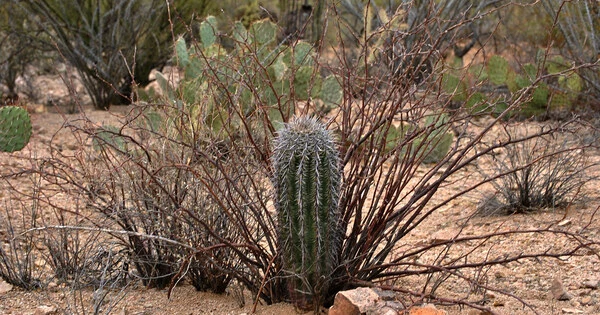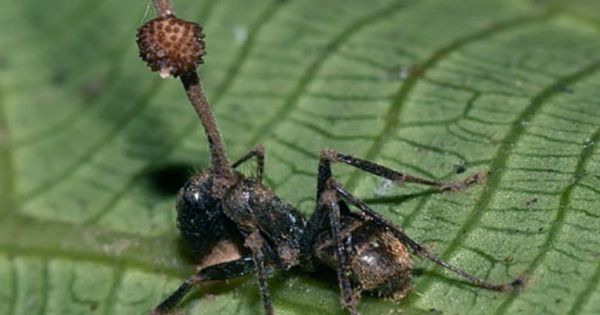Nurse plants are plants that assist seedlings establish themselves and protect young plants from harsh conditions in the environment. Nurse trees and nurse shrubs are plants that perform an important role in fostering the growth and survival of other plant species, particularly in difficult or disturbed habitats. This impact has been investigated extensively in plant communities in xeric conditions. They assist other plants establish, grow, and eventually thrive by providing various sorts of support.
Nurse plants are most common in ecosystems with difficult environmental circumstances, such as arid deserts, high mountain regions, and disturbed places such as clear-cut forests or post-fire landscapes.
Here are some ways nurse plants assist in the growth of other species:
- Protection: Nurse plants provide shelter from adverse weather conditions such as high winds, direct sunlight, and excessive temperatures. They can operate as windbreaks, creating a more favorable environment for plant growth.
- Shade: It lower the intensity of sunlight reaching the ground by throwing shade, preventing smaller plants from getting burnt or drying out. This shade also aids in the reduction of soil evaporation.
- Nutrient cycling: It frequently have extensive root systems that aid in the improvement of soil quality and nutrient availability for surrounding plants. They can help to stabilize the soil and reduce erosion and nutrient loss.
- Moisture retention: Nurse plants can capture and hold moisture in the soil, which is essential for the survival of other plants, particularly in arid regions. Their root systems can act as sponges, helping to retain water in the soil.
- Competition reduction: In some cases, nurse plants can reduce competition by suppressing the growth of invasive or competing plant species. This can give more vulnerable species a chance to establish themselves.
Effects
The establishment of understory plants is aided by overstory trees and bushes. Some interactions between herbaceous plant species have this effect as well.
Nurse plants are crucial in xeric environments because they provide shaded microhabitats for various other plant species to survive by buffering temperature extremes and minimizing moisture loss. In the Sonoran Desert, for example, nurse plant canopies provide lower summer daytime temperatures, soil surface temperatures, and direct sunlight, higher soil fertility, protection from wind and browsing animals, lower evapotranspiration rates in nursed species, higher nighttime temperatures, and post-fire resprouting in some species…
Nurse plants include arid desert mesquite trees, which give shade and enhance soil quality, allowing other plants to grow beneath them. Pioneer tree species such as alder and willow can act as nurse trees in forestry, assisting in the restoration of damaged or deforested areas by generating the conditions for more diversified forest ecosystems to form.
















